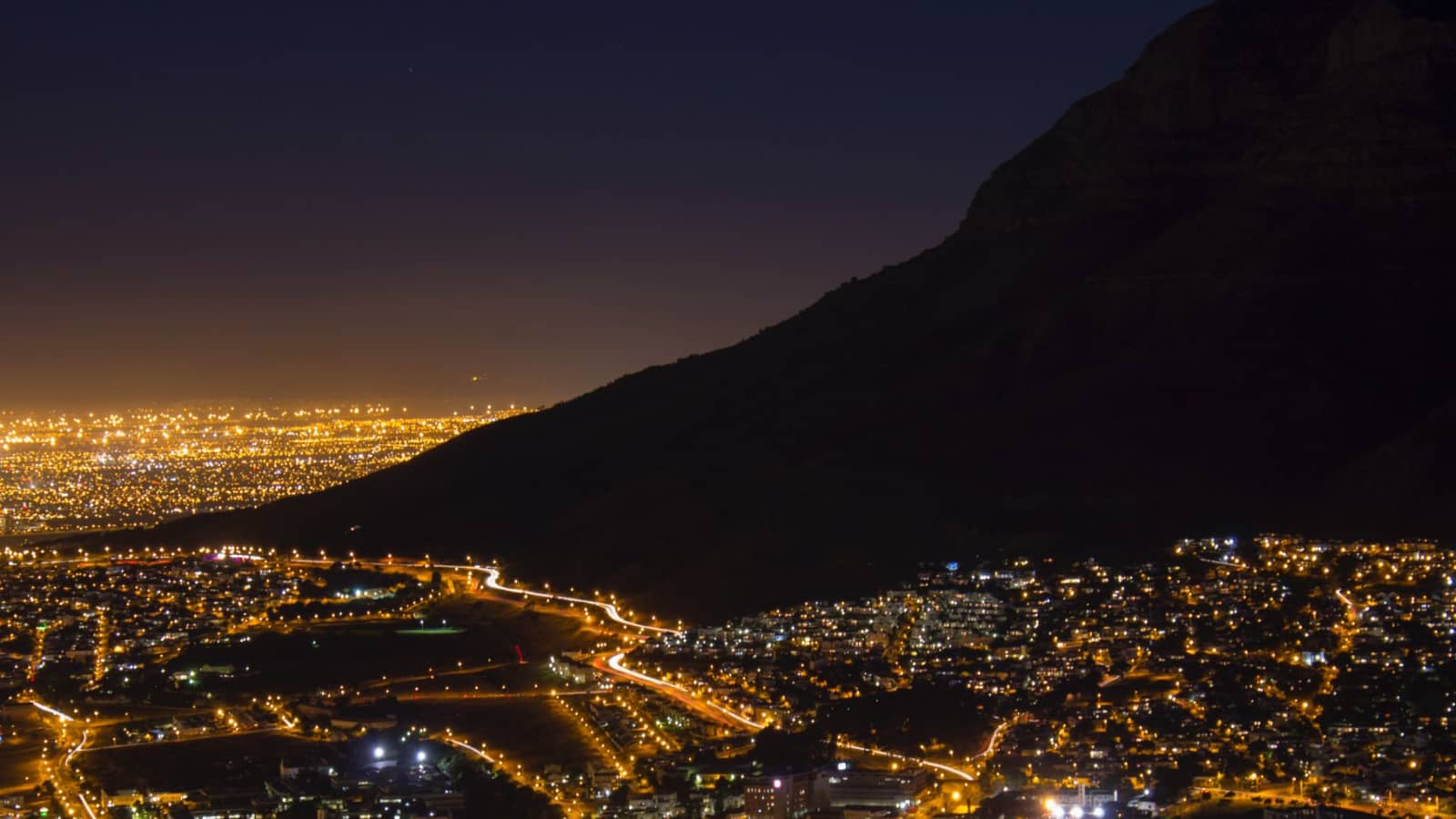
Vox Recommends the Hub for Effective Climate Giving
The Energy for Growth Hub is on Vox’s list of “the 11 most high-impact, cost-effective, and evidence-based organizations” working to fight climate change.

The Energy for Growth Hub is a global think tank advancing data-driven solutions to end energy poverty and build a high-energy climate-resilient future for everyone.
SubscribeA podcast on how to end energy poverty and power prosperity for everyone.
Listen to Episodes